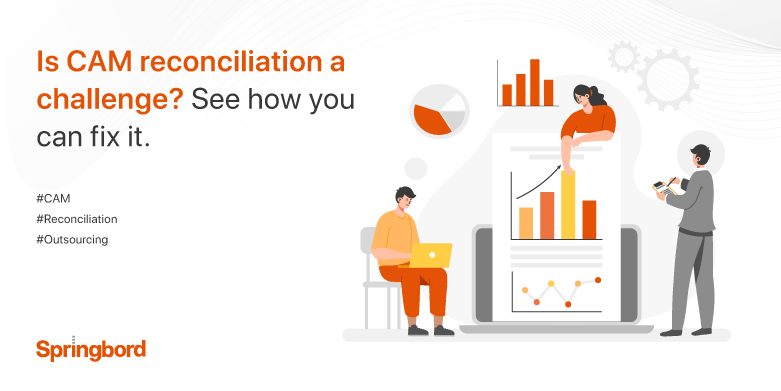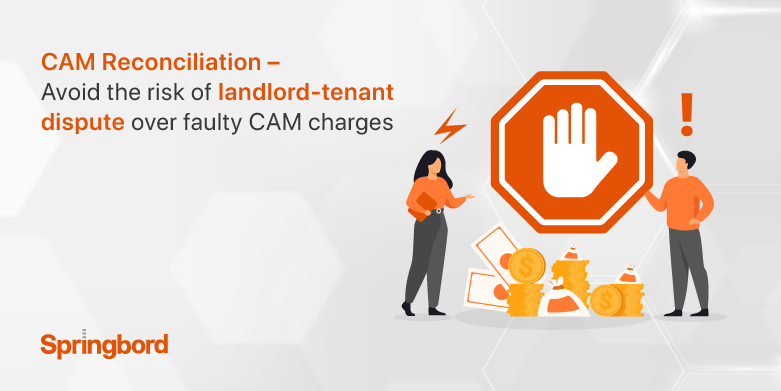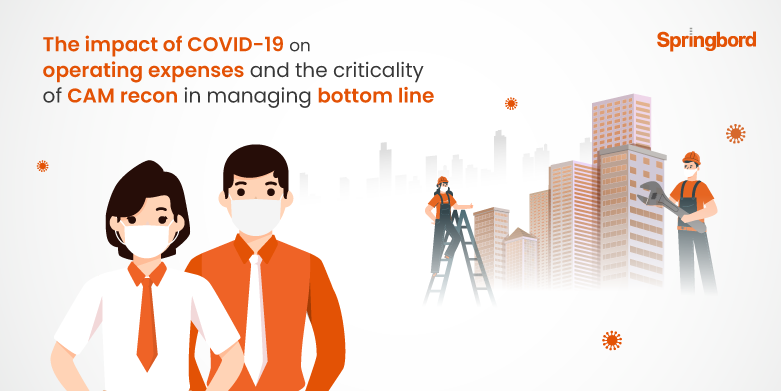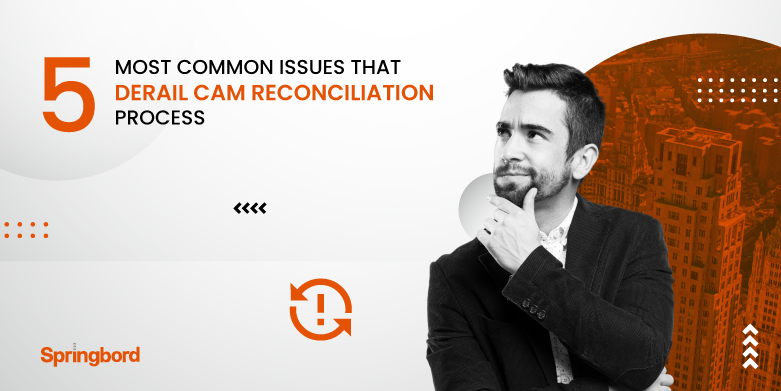M
E
N
U
Common area maintenance (CAM) reconciliation is one of the most critical tasks of commercial lease administration, which if not done correctly can result in significant losses. CAM reconciliation is a complex, tedious, and time-consuming activity and your team is under constant pressure to get it done accurately and in a timely. This makes the process
Common area maintenance (CAM) expenses are one of the most complicated yet important parts of any commercial lease agreement. CAM expenses do not have a standardized process for calculation and reconciliation which is why it often tends to be a point of contention between tenants and landlords. Lack of transparency also often tends to make
Common area maintenance (CAM) expenses are operating expenses that are shared by the tenants on a pro rata basis. CAM charges are not standard expenses, they vary greatly depending on various factors, because of this CAM reconciliation has emerged to be one of the most tedious and complex processes. Despite landlords/property managers efforts to simplify
Annual common area maintenance (CAM) reconciliation is one of the most tedious processes that is notoriously error prone. Despite the fact it is also one of the processes that is often overlooked by commercial property owners, resulting in errors in reconciliation that over time results in thousands of dollars in losses. Reconciling CAM expenses against
Common area maintenance (CAM) expenses are a standard and key part of any commercial lease that helps cover the operating expenses These charges are calculated on a pro-rata basis and passed on to the tenants. That said, despite its importance in the upkeep of a property, the lack of a unified template for reconciling CAM
Common area maintenance (CAM) is one of the most contentious clauses in a commercial lease contract. Tenants are mostly on guard regarding the expenses charged under CAM costs. As such the process of reconciling these expenses demand time, meticulous attention, and a thorough understanding of the clause and the type of expenses that can be
Common area maintenance (CAM) reconciliation is a key process in commercial leasing as it helps recover the money used to maintain and operate the property. But CAM reconciliation is a tedious, complex, arduous, and time-consuming task that demands dedicated focus, attention, and skill. Given the challenging requirements and increasingly growing complex commercial lease portfolios, most
The Covid-19 pandemic has had a disruptive impact across every industry sector but hardly in the way, it has impacted the real estate sector. The commercial leasing business especially has been severely impacted with businesses largely adopting the work-from-home approach, most commercial buildings have remained mostly unoccupied since March 2020. While the sector is starting
Even though common area maintenance (CAM) reconciliation is one of the critical processes in commercial leasing that contributes to accurate accounting and cashflow, it remains a challenge for most. Because reasons vary as to why CAM reconciliation is a source of stress and anxiety, there are no one-size-fits-all solution for simplifying this process. Even the
This our second and last blog post of the series CAM reconciliation FAQs. In this post we will walk you through some of the key aspects of CAM reconciliation that can help you streamline the task. How to calculate CPI within CAM reconciliations? According to the Bureau of Labor Statistics (BLS) website Consumer Price Index











